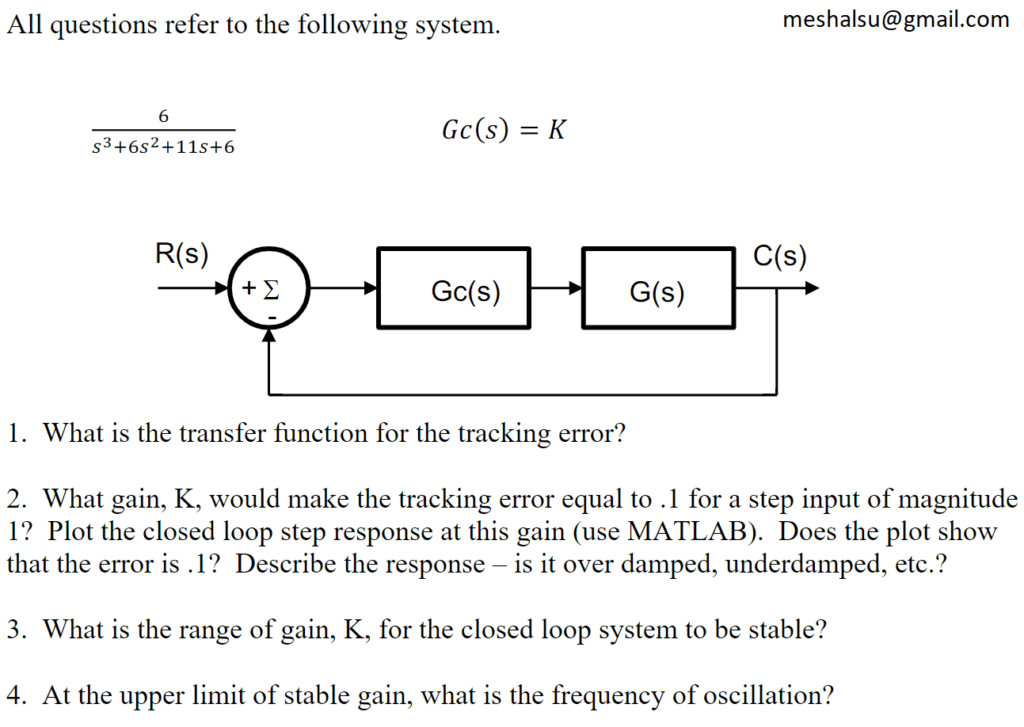In your applied final project for this course, you will analyze a case study, select a diagnosis, create a treatment plan, and support your decisions with evidence from the course readings or outside scholarly resources.
STEP 1: Review the Case Report
Psychological Case Study
Name: Sam Martin Dates of Testing: 03/18/09; 03/25/09
Date of Birth: 03/21/1995 Age: 14 years
Gender: Male Grade: Eight
Background information:
Reportedly, Sam’s natural parents raised Sam, his older and his younger brother. Information shared by Sam’s mother, Jill Martin within a previous evaluation (03/31/2003) indicated that during preschool and the first grade Sam displayed difficulty with attention. Moreover, the report data indicated that by the second grade Sam was not doing his work.
Referral Question:
Sam’s mother referred him for psychological testing to assist in evaluating the need for accommodations related to her son’s academic plans for the upcoming year. The referral questions are: 1) Does Sam have emotional and academic problems that may affect his performance in the gifted program at school this year? 2) What accommodations will benefit Sam this year?
Current Symptoms:
Currently, Sam’s mother reported a concern about her son’s attention, auditory processing, attention to detail and overall mental processing of information. Sam’s mother reported that her son had displayed fluctuations in academic functioning thoroughout his childhood. She explained that previously, her son enrolled in advanced classes and data from a previous evaluation (03/31/03) suggested a superior level of intellectual functioning. Nevertheless, Ms. Martin explained that historically her son performance at school was variable as were his grades. Sam acknowledged that a teacher previously suggested that he might have symptoms of attention deficit disorder. She hoped that the current psychological evaluation would provide information relevant to her son’s current academic difficulties and provide remedial suggestions for enhanced cognitive functioning other than the prescribed medication.
Current Stressors: Reportedly, Sam’s girlfriend just broke up with Sam, and she stated that he was not fun enough and would not try new things. Sam reports a change in his mental functioning to include dizziness, strange thoughts and feelings, anger, apathy, and depression with mood swings. He acknowledged that he is losing weight, is more inattentive, and lacks coordination and feels weak. Ms. Martin stated that she has noted that he is showing impaired judgment.
Relevant History:
Developmental/Medical/Social:
Sam’s mother explained that Sam’s developmental and medical history was unremarkable. Ms. Martin explained that her son was a quiet and bright child, achieved his developmental milestones early. Reportedly, he walked at eight months and used complete sentences at 17 months. Moreover, Ms. Martin, Sam’s mother acknowledged that her son learned to tie his shoes as expected; however, he took “forever” to learn to ride his bike. Ms. Martin reported two significant life events that occurred after her son’s previous evaluation at age 12. First, reportedly during the 8th grade, Sam had plastic surgery on his ears during which time he had significant academic difficulties, which resulted in below average grades. Secondly, Sam stated that at age 12 he was hit “head on” in a car accident. He explained that he “blanked out” after hitting his head on the window although he acknowledged that he did not pass out. Reportedly, although Ms. Martin acknowledged that her son had a concussion; Sam did not receive skull or neck x rays to check for bone fractures or injury nor does his mother recall any ratings reported from the Glasgow coma scale that could help assess the head injury. Ms. Martin did not disclose a family history of seizure disorder although she acknowledged close relatives with attention deficit disorder, affective disorder, and substance abuse difficulties. Reportedly, Sam has had numerous friends and various interests throughout his childhood. He was involved in the band, on the soccer team, learned taekwondo, and participated in a problem-solving club. Moreover, reported that he has had numerous girlfriends.
Educational/Occupational:
Ms. Martin explained that her son was an early reader and began to read during kindergarten at a private school, Saint John’s Elementary school. Ms. Martin stated that, during the first grade, Sam’s teacher acknowledged that Sam might have attention deficit disorder because he was very active. However reportedly, although not on medication, Sam performed quite well academically from the second through the fifth grade. Sam stated that he had difficulties with handwriting and therefore he never used cursive and has always printed. Ms. Martin stated that during the 6th grade, Sam changed schools. Reportedly, his difficulties ensued and continued through the 8th grade although he continued placement within advanced classes. Currently, Sam acknowledged that he does well writing essays but exhibits significant difficulties when trying to learn foreign languages. Sam has a part-time job helping his uncle at his paint supply store. Moreover, reportedly Sam has a talent for painting murals. His mother reported quite proudly that he has quite a talent but always smells like paint.
Alcohol Substance Abuse:
Sam denied use of any illegal drugs, any prescription drugs, or any alcohol.
Conduct and Legal:
Reportedly, Sam recently took his mother’s car out for a “joy ride” and although they had called the police about the missing car, they dropped the charges when they found out their son had the car. Ms. Martin acknowledged this was an example of his poor judgment lately.
Observations:
Sam is a fourteen- year old, white, male of above average height and sizeable athletic frame. He appeared his stated age, arrived at the evaluation casually and neatly dressed. He was cooperative throughout the evaluation. Sam is right-handed. He appeared alert and responsive during the evaluation and his attention and concentration were not impaired. Sam’s thought processes were connected and coherent. Sam conveyed no delusions and his judgment, reasoning, and insight were adequate. Sam’s eye contact during the evaluation was adequate.
Regarding his motor functioning, there are no apparent abnormalities during testing. No evidence of impaired vision or hearing was present during this evaluation. Sam frequently asked permission before starting a task. Sam’s speech was logical, coherent and of appropriate rate and rhythm unless he was stuttering. Sam did not demonstrate any additional difficulties with speech and appeared to demonstrate the ability to both understand and express the English language without notable exceptions. The content of his thought was not tangential and was relevant to the content. He did not report hallucinations or delusions. His affect was appropriate to the content. Sam’s gait and pace were unremarkable, and he did not express suicidal/ homicidal ideation.
Sam was not easily distracted from his tasks although he worked relatively slowly on timed tasks. Sam reported that he felt frustrated with a task requiring him to copy designs onto paper and cracked his knuckles frequently while admitting great discomfort with the task. Moreover, when asked to reproduce the figures from memory he at first denied that he could remember any because he did not want to draw anymore.
Apply cumulative knowledge from this course and others (i.e., abnormal psychology) to diagnosis Sam, support your diagnosis with evidence from the case and recommend further assessment and treatment options. Your paper should consist of the following sections:
Title Page
Part 1: Reason for Referral
- What was the reason for the referral?
- What sources of data do you have and need?
Part 2: Background Summary
- Family/Social, (supports) Include ethnic/racial/cultural
- Medical/ developmental
- Educational/occupational (hobbies)
- Behavioral observations
Part III: Assessment Data
- Assessment: What assessments are required to determine tentative diagnosis? Why? What specific tools can be useful in future assessment?
Part IV: Tentative Diagnosis
- Select a diagnosis using the ICD-10
- Defend which diagnosis/diagnoses are possible using specific examples from the case.
Part V: Treatment Recommendations
- Consider which treatment would be the ethical choice (community, group, referral to a forensic psychologist, psychiatrist, physician or for a neuropsychology evaluation).
Part VI: Considerations
- Developmental Considerations
- Cultural Considerations
- Ethical Considerations
Part VII: Conclusion
- Conclude with a summary of your findings.
Part VIII: References
Your paper should be 6-8 pages double-spaced, Times New Roman, 12-point font, with one-inch margins, and written according to APA guidelines for formal and professional writing.
PLEASE NOTE:
While a typical Case Conceptualization would not contain a reference section, we are asking you to include one here to demonstrate good practice in attributing and citing the ideas of others correctly. Please also include in text citations as appropriate.
"Looking for a Similar Assignment? Order now and Get 10% Discount! Use Code "Newclient"






